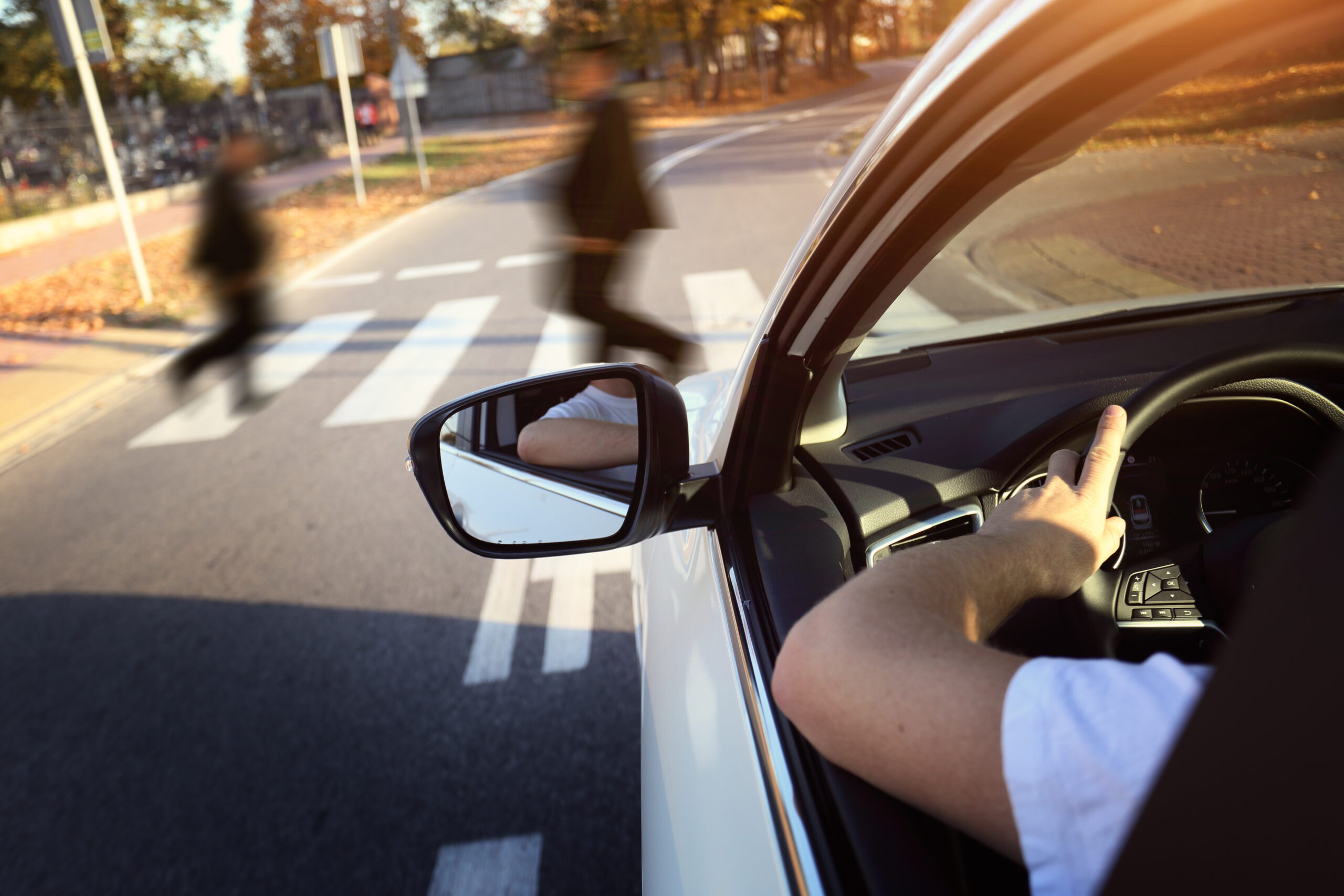Pedestrian accidents can have devastating consequences, leading to severe injuries or even loss of life. In Hamilton County, Indiana, like in many other places, the legal framework for addressing these accidents revolves around the concept of negligence. Understanding the role of negligence in pedestrian accident cases is crucial for both pedestrians and drivers, as well as anyone involved in such incidents. This article delves into the key aspects of negligence in Hamilton County pedestrian accident cases, outlining its requirements and implications.
Negligence, in legal terms, refers to the failure to exercise a reasonable level of care, resulting in harm or damage to another individual. When it comes to pedestrian accident cases in Hamilton County, negligence plays a central role in determining liability for the accident. To establish negligence, certain elements must be proven:
Duty of Care: The first element involves establishing that the defendant (typically the driver) owed a duty of care to the plaintiff (the pedestrian). In pedestrian accident cases, all road users, including drivers, have a legal responsibility to exercise reasonable care to prevent harm to pedestrians.
Breach of Duty: The plaintiff must then demonstrate that the defendant breached their duty of care by failing to act reasonably under the circumstances. This breach could involve actions like speeding, distracted driving, running red lights, or failing to yield the right of way to pedestrians at crosswalks.
Causation: It’s not enough to prove that the defendant breached their duty of care. The plaintiff also needs to establish that the defendant’s breach of duty was a direct cause of the pedestrian’s injuries. In other words, the plaintiff must show that the accident would not have occurred without the defendant’s negligent behavior.
Damages: Lastly, the plaintiff must demonstrate that they suffered actual damages as a result of the accident. These damages can include medical expenses, pain and suffering, lost wages, and more.
Comparative Fault in Indiana
Indiana operates under a comparative fault system, which means that even if the pedestrian was partially at fault for the accident, they can still recover damages. However, the amount of damages they receive will be reduced by their percentage of fault. For instance, if a pedestrian was found to be 20% at fault for not using a crosswalk properly, their potential damages would be decreased by 20%.
Proving Negligence in Pedestrian Accident Cases
Successfully proving negligence in pedestrian accident cases can be complex and often requires a thorough investigation and presentation of evidence. Some of the key types of evidence that can be crucial in establishing negligence include:
Eyewitness Testimonies: Statements from individuals who witnessed the accident can provide valuable insight into how the incident occurred. Their perspectives can help reconstruct the sequence of events and shed light on whether the driver or pedestrian was acting negligently.
Surveillance Footage: Video footage from traffic cameras, security cameras, or dashcams can provide a visual record of the accident. This evidence can help corroborate eyewitness testimonies and provide a clear picture of the circumstances leading up to the collision.
Accident Reconstruction: In some cases, experts may be called upon to recreate the accident scene and determine factors like speed, impact angles, and distances. Accident reconstruction can provide scientific data to support claims of negligence.
Cell Phone Records: If distracted driving is suspected, obtaining cell phone records can reveal whether the driver was using their phone at the time of the accident.
Police Reports: Official police reports can provide valuable information about the accident, including statements from involved parties, weather conditions, and any traffic violations.
The Aftermath: Emotional and Physical Impact
Pedestrian accidents not only result in physical injuries but also have a profound emotional impact on the victims and their families. The consequences can be long-lasting, affecting not just the injured individual’s quality of life but also their ability to work, engage in daily activities, and enjoy hobbies they once loved. Understanding the emotional and physical aftermath of these accidents highlights the urgency of addressing negligence and ensuring that responsible parties are held accountable.
Emotional Trauma: The psychological toll of a pedestrian accident can be overwhelming. Survivors often experience symptoms of anxiety, depression, post-traumatic stress disorder (PTSD), and even survivor’s guilt. Witnessing or being involved in such a traumatic event can lead to flashbacks, nightmares, and a general sense of unease. Emotional distress can also extend to family members who might feel helpless or guilty for not preventing the accident.
Physical Consequences: Pedestrian accidents can cause a wide range of physical injuries, varying from minor cuts and bruises to severe, life-altering injuries. Some common injuries sustained in pedestrian accidents include broken bones, head injuries, spinal cord injuries, internal organ damage, and soft tissue injuries. The recovery process can be arduous, involving surgeries, physical therapy, rehabilitation, and ongoing medical treatments.
Financial Burden: Beyond the immediate physical and emotional impact, pedestrian accidents often bring about significant financial burdens. Medical expenses can quickly accumulate, and ongoing treatments and therapies may require substantial financial resources. Additionally, the injured individual might face a loss of income due to missed work, making it challenging to cover their regular living expenses.
Negligence plays a critical role in pedestrian accident cases in Hamilton County, Indiana. Proving negligence involves establishing a duty of care, demonstrating a breach of that duty, showing causation, and proving damages. Eyewitness testimonies, surveillance footage, accident reconstruction, and other evidence are crucial in supporting claims of negligence.
If you or a loved one has been involved in a pedestrian accident, it’s imperative to understand your rights and legal options. Seeking the assistance of a skilled personal injury attorney, such as those at Wyant Law, can greatly enhance your chances of securing the compensation you deserve. With our experience, you can navigate the complexities of negligence laws and focus on your recovery while leaving the legal matters in capable hands. Remember, in pedestrian accident cases, time is of the essence, so don’t hesitate to reach out to us for help.


